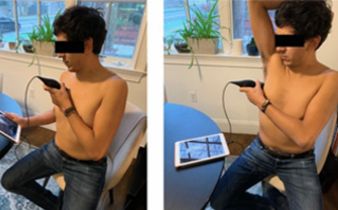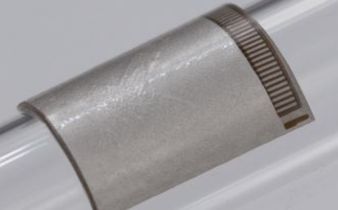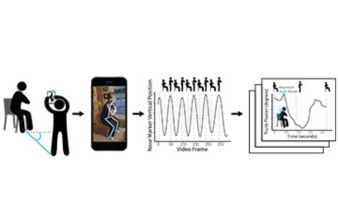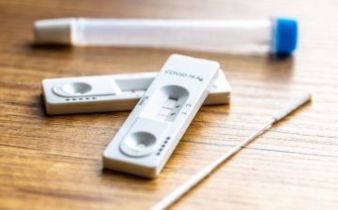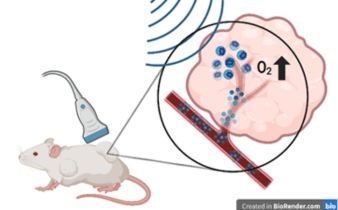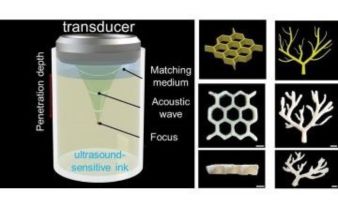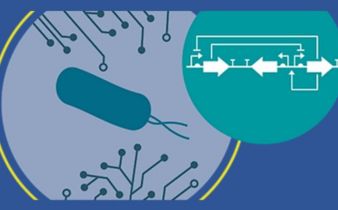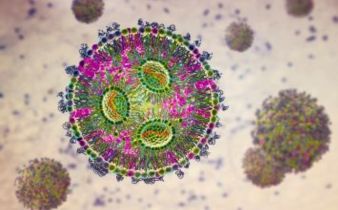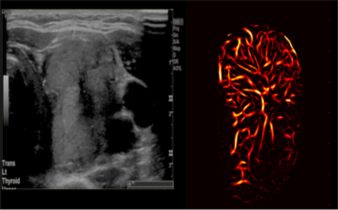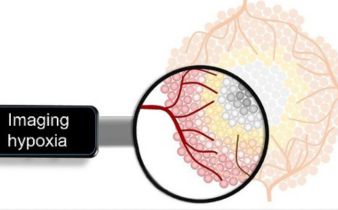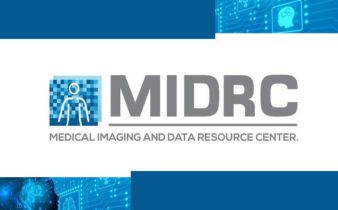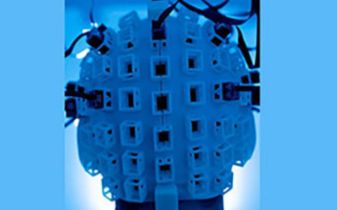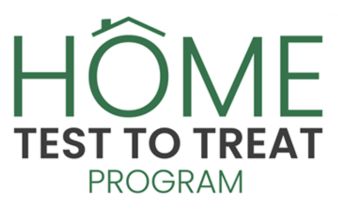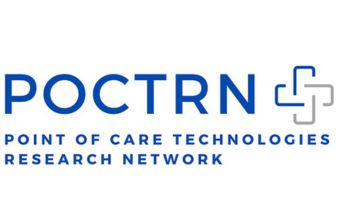In 2023, the NIBIB communications team covered a wide variety of advances supported by the institute, from basic research to novel ultrasound applications to at-home monitoring and diagnostics. We present here a sample of some of the most-read articles written this year. We look forward to sharing more exciting science news about NIBIB-supported research in 2024!
Top 2023 story
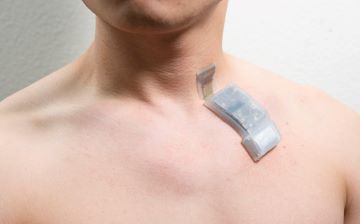
Wireless wonder: wearable ultrasound patch goes completely cable-free
This fully wireless ultrasound patch, which can capture detailed medical information and transmit the data to a smart device, could represent a major step forward in at-home health care technology. Read all about it here.
Towards self-monitoring at home
Research shows that patients could collect ultrasound images in the comfort of their own homes.
This cardiac ultrasound imager can non-invasively capture real-time images of the heart.
This online tool can analyze self-collected, at-home videos with a smartphone to predict disease.
Research shows that repeat testing every other day increases the detection of the SARS-CoV-2 virus.
Interventions on the horizon
Early research may offer a way to break through cancer’s hypoxia-induced defenses by delivering oxygen to tumors to combat resistance to radiation.
A collaborative team of researchers have outlined a method to print biocompatible structures through thick, multi-layered tissues using focused ultrasound.
Synthetic biology engineers have designed and engineered bacteria that find and detect fragments of DNA shed from infectious pathogens.
These nanoparticles are designed to carry mRNA specifically to the pancreas, which could pave the way for novel therapies for intractable pancreatic diseases.
Biomedical imaging advances
This cancer diagnostic method, which pairs cutting-edge ultrasound techniques with artificial intelligence, can accurately diagnose thyroid cancer.
Researchers are developing new MRI contrast agents that are activated in low oxygen environments, enabling improved diagnosis and treatment of hypoxic conditions.
This interview with Maryellen Giger delves into the creation of the MIDRC imaging repository and how its data can be used to develop and evaluate AI algorithms.
This new, wearable brain scanner is the first of its kind to accurately record the magnetic fields that are generated by human brain activity while the wearer is in motion.
NIBIB program updates
NIH has launched the Home Test to Treat program, a virtual community health intervention that will provide free COVID-19 health services: at-home rapid tests, telehealth sessions and at-home treatments, in select areas.
NIBIB has established the Center for Biomedical Engineering Technology Acceleration (BETA Center), a new intramural research program to solve a range of medicine’s most pressing problems.
The National Institutes of Health and the higher education non-profit VentureWell have selected 10 winners and five honorable mentions for the 2023 Design by Biomedical Undergraduate Teams (DEBUT) Challenge.
NIH will advance the development of home-based and point-of-care health technologies with awards to six technology research and development centers in the Point-of-Care Technology Research Network (POCTRN).
Check out our top stories from 2022!


